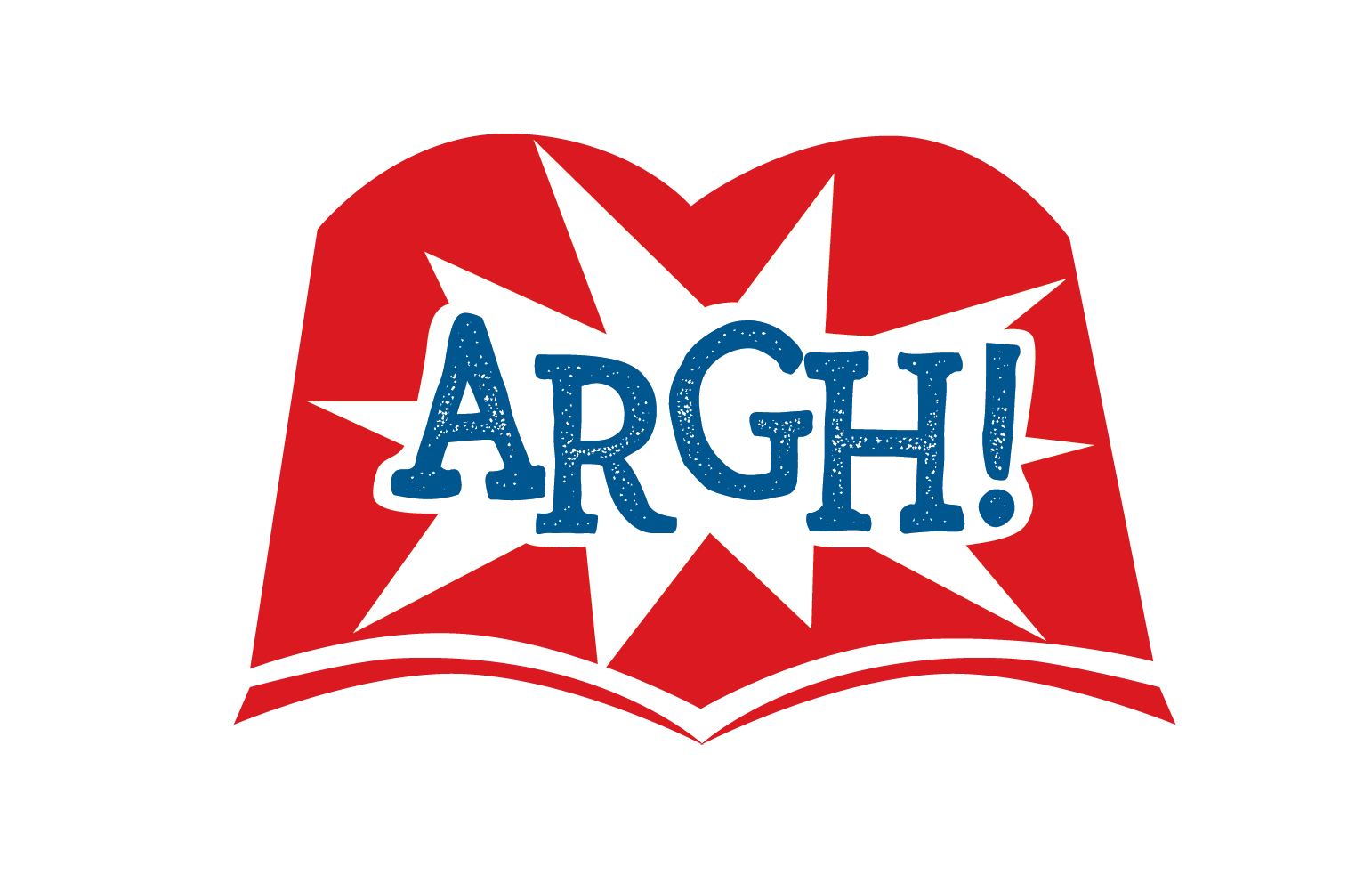
Hawkish and Dovish Meaning Monetary Policy
Pay close attention to statements from central bank officials regarding concerns about inflationary (deflationary) pressures. Then, monitor speeches and meeting minutes for hints of potential interest rate hikes (falls) or reduction (increment) of stimulus measures. Look for indicators signaling rising (falling) inflation, such as the Consumer Price Index (CPI) and Producer Price Index (PPI). Watch for robust economic growth, which may prompt central banks to consider tightening (contracting) monetary policy. However, in a hawkish market, where interest rates are expected to rise, a steepening yield curve may indicate optimism about economic growth. Traders may interpret this as a signal to position for potential currency appreciation in countries with higher interest rates.
Dovish Monetary Policy
Hawkish and dovish policies affect currency rates through a mechanism central bankers like to call “forward guidance”. This is policy makers trying to be as transparent as possible in their communications to the market about where monetary policy may be heading. A dovish policy is followed when inflation is low, and so is the economic growth with a weakened currency value. To fight the dropping prices, interest rates are decreased so that the inflation comes back to the level decided by the central bank. This also results in a further decrease in the home country’s currency value.
What is hawkish and dovish in forex?
Monitor the yield curve for steepening (widening) signs, indicating expectations of higher (lower) short-term interest rates. A hawk is someone who favors a tighter monetary policy, which means higher interest rates, with the aim of keeping inflation in check. However, it can also mean higher interest rates, which can make borrowing money more expensive and affect the stock market. While hawkish is all about inflation-fighting, dovish is like the peacemaker of monetary policy. Over the years, it’s become a common way to describe those who favor stricter monetary policies to keep inflation in check. So, understanding what “hawkish” means can give you a clearer picture of what’s happening in the financial world and how it affects you.
Consider short-term trades
77% of retail investor accounts lose money when trading CFDs with this provider. You should consider whether you understand how CFDs work and whether you can afford to take the high risk of losing your money. Imagine two birds circling each other, one bold and aggressive, the other cautious and measured. This aerial dance isn’t just a nature scene; it’s a metaphor for a fundamental human debate that plays out across politics, economics, and social issues.
- A hawkish stance is when a central bank wants to guard against excessive inflation.
- Well, understanding this financial terminology can help you make sense of the news, stock market reports, and monetary policy discussions.
- Monetary policy is one of the key tools available to policymakers to influence the overall economic conditions in a country.
- It is not a solicitation or a recommendation to trade derivatives contracts or securities and should not be construed or interpreted as financial advice.
- Inflation and growth are directly linked as strong economic growth leads to higher inflation.
The specific approach and tools used in monetary policy can vary depending on the country’s economic conditions, objectives, and the central bank’s mandate. The aim is to strike a balance between promoting economic growth, maintaining price stability, and addressing other macroeconomic challenges. In addition, a hawkish stance may also lead to a stronger currency, which could hurt the country’s exports. A stronger currency makes exports more expensive, reducing demand for the country’s goods and services in foreign markets. Generally, words used that indicate increasing inflation, higher interest rates and strong economic growth lean towards a more hawkish monetary policy outcome.
November 28, 2018 Federal Reserve Chairman says that interest rates are “just below neutral” indicating a shift in tone from hawkish to dovish. You’ll find many a banker “on the fence”, exhibiting both hawkish and dovish tendencies. Yet there’s always a possibility that central bankers will change their outlook in greater or lesser magnitude than expected. While the head of a central bank isn’t the only one making monetary policy decisions for a country (or region), what he or she has to say is only not ignored, but revered like the gospel. We just learned that currency prices are affected a great deal by changes in a country’s interest rates. Track market expectations for interest rate hikes (falls) through instruments like interest rate futures and options.
It is imprtant to remember that there is no one-size-fits-all answer to this question. The best time to invest depends on your individual circumstances and goals. Of the current voting members of the Fed, Raphael Bostic, the Atlanta Fed president, is considered to be quite hawkish. Hawkish policies tend to negatively impact borrowers and domestic manufacturers.
In the world of finance, understanding terms like “hawkish” can be the key to deciphering the intricate dance of monetary policy and its impact on the markets. So, as you probably know by now, a dovish monetary policy will lead to lower hawkish meaning in forex interest rates (or an equivalent action) and a possible weakening of the country’s currency. Hawks and hawkish policy are more aggressive in nature, whether in terms of monetary policy or military stance during a potential conflict.
